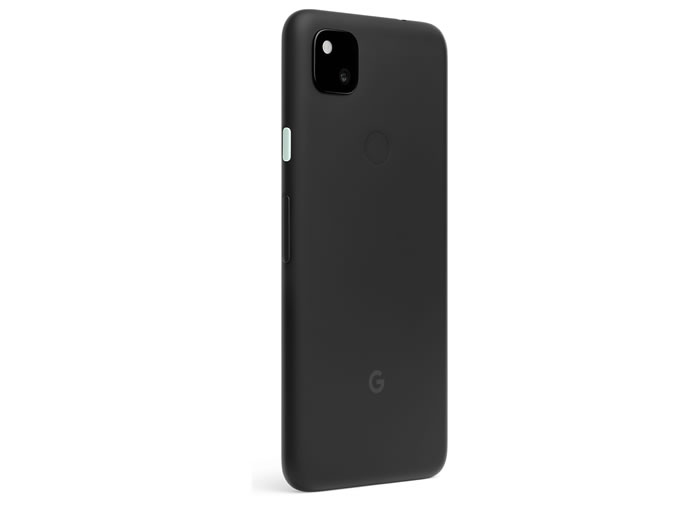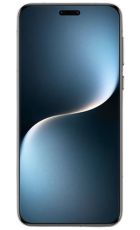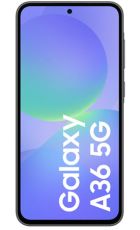The Google Pixel 4a is Google’s cheaper alternative to the Pixel 4, and the successor to the Pixel 3a. And, despite the ‘4’ in the name, it’s also a lot newer than you might expect, hitting stores at around the same time as the Pixel 5. But this is no basic budget phone – it has reasonable power, a top-tier camera, and a decent screen.
It also has a more modern design (at least from the front) than the Pixel 4, all while coming in at a much lower price.
Of course, Google has made a number of compromises to achieve this, so has the company struck the right balance? Read on to find out.
Screen
The Google Pixel 4a has a 5.81-inch 1080 x 2340 OLED screen, so while it doesn’t rock the QHD+ resolution of something like the Samsung Galaxy S20, it’s still fairly crisp, and its use of OLED ensures colours look good too.
It has 443 pixels per inch, supports HDR, and that size makes it reasonably compact, so the Pixel 4a should appeal to fans of smaller phones that are easy to use with one hand.
Despite that, it’s actually slightly bigger and even slightly higher resolution than the Pixel 4 (though not than the Pixel 4 XL or Pixel 5). However, it lacks the 90Hz refresh rate that all those phones have, being stuck instead with a more traditional 60Hz one. Higher refresh rates make interactions feel smoother, so the Google Pixel 4a loses out there.
Design
From the front the Pixel 4a actually looks better than the Pixel 4, as while that phone has a large bezel above the display, the Pixel 4a is all screen, interrupted only by a punch-hole camera cut-out.
Flip it over though and it’s less impressive, as the back is made from plastic, as is the frame. This is likely one of the main ways Google has cut costs with this phone, and ensures the Pixel 4a doesn’t feel particularly high-end. There’s also no water resistance rating here, so it’s not as durable as some phones.
Still, at 144 x 69.4 x 8.2mm and 143g the Pixel 4a is fairly compact and light, so if you don’t want a phone that takes two hands to use, fills your whole pocket, and weighs you down, then the Pixel 4a could be for you.
Power
There’s an octa-core Snapdragon 730G chipset in the Pixel 4a, which is a mid-range one that sits slightly below the Snapdragon 765G found in the likes of the OnePlus Nord, and well below the flagship Snapdragon 865 found in the likes of the OnePlus 8 Pro. Still, performance is reasonably snappy, and is aided by 6GB of RAM.
It’s a very mid-range setup all in all, and not really even upper mid-range, but if you’re not power-hungry then it should more than suffice.
Camera

There’s just one rear camera on the Google Pixel 4a. It’s a 12.2MP f/1.7 one with optical image stabilisation, and notably it’s the same main camera as you’ll find on the Pixel 5 – so while there’s only one here (compared to two on the Pixel 5 and Pixel 4) it’s flagship quality, and can therefore take very good photos. It even excels in low light situations, beating many higher end phones at delivering useable shots in the dark.
On the front meanwhile there’s an 8MP f/2.0 camera, which again is more or less the same as the one on the Pixel 5. As with most selfie cameras much less attention has been paid to this, but it’s still perfectly competent, especially compared to some other selfie cameras at this sort of price.
Features
One big feature of the Google Pixel 4a is that it runs stock Android, so you get Google’s operating system delivered as the company intended.
While many manufacturer overlays are good, for our money the pure, original Android experience is still the best – though that’s subjective. It’s slick, intuitive, and almost entirely free of bloat.
Being a Google phone running stock Android, the Pixel 4a will also very quickly be updated to the next version of Android – it’s running Android 11 right now, which at the time of writing is new enough that very few phones have it, and when Android 12 launches it’s sure to be one of the very first phones with that too.
The Google Pixel 4a also has a rear-mounted fingerprint scanner. That’s not our favourite place for a scanner (in-screen or on the side is preferred), but it performs well.
Battery life, memory, and connectivity
The Pixel 4a has a 3,140mAh battery, which is certainly on the small side, though notably still larger than the battery in the Pixel 4. Google claims that this should offer all-day life, and that seems about right but as with so many phones it’s not one that will get you through two days – it’s fairly average then. It does however juice up reasonably fast thanks to 18W fast charging, but there’s no wireless charging.
There’s 128GB of storage, which is a decent amount, but unlike a lot of Android handsets there’s no microSD card slot, so you’ll have to be sure that’s enough.
And for connectivity there’s 4G, Bluetooth 5.0, and NFC. The Google Pixel 4a doesn’t support 5G, but it’s worth noting that there is also a Pixel 4a 5G if you need that feature. However, that’s quite a different phone and of course costs more.
Verdict
The Google Pixel 4a is a strong alternative to the Pixel 4 if you’re on a budget, particularly if the main things you want from that phone are its main camera and up to date Android version.
The Pixel 4a is generally strong in most other areas too, though the plastic build is disappointing, and the 60Hz refresh rate notably holds its screen back compared to its pricier siblings.
But they are pricier, and for what you’re paying the Pixel 4a is a great handset. Though if you look beyond Google’s offerings you can get some very tempting alternatives for similar money, such as the OnePlus Nord and Moto G 5G Plus.




